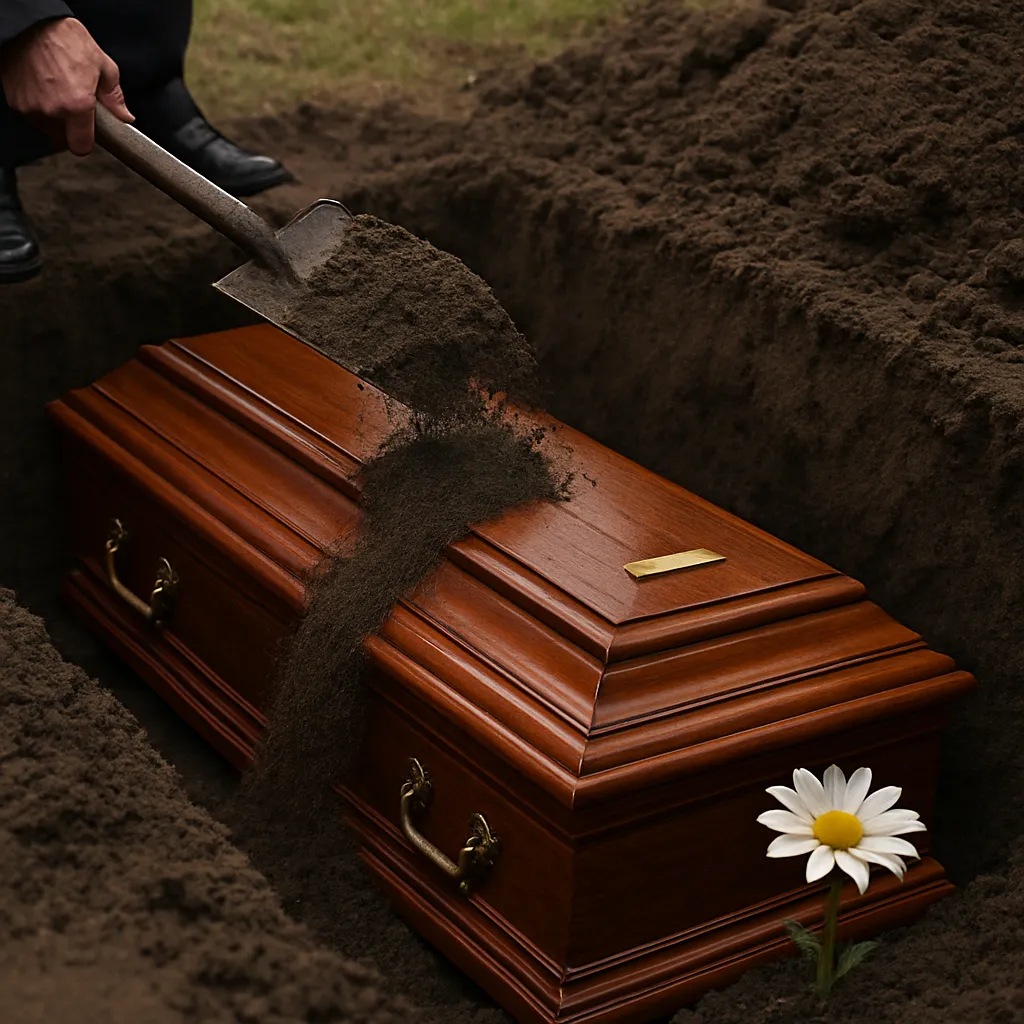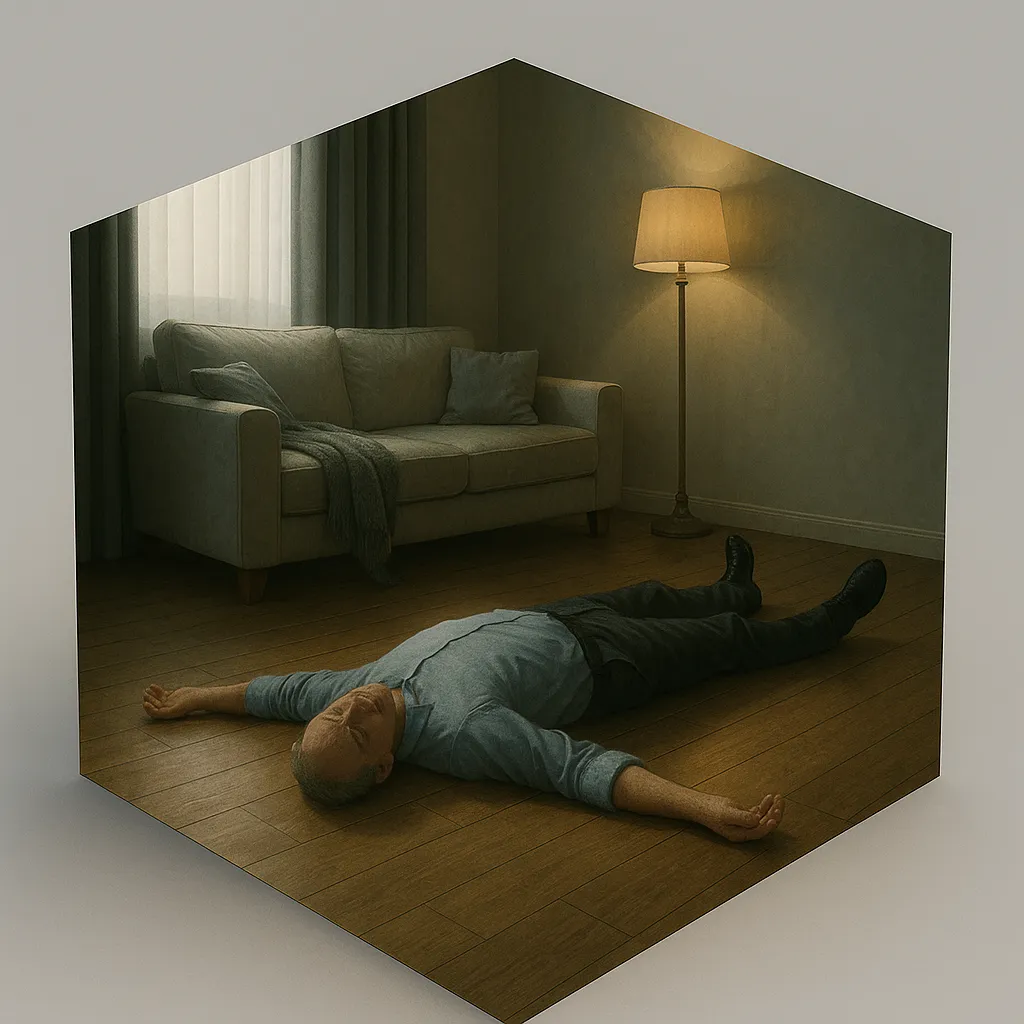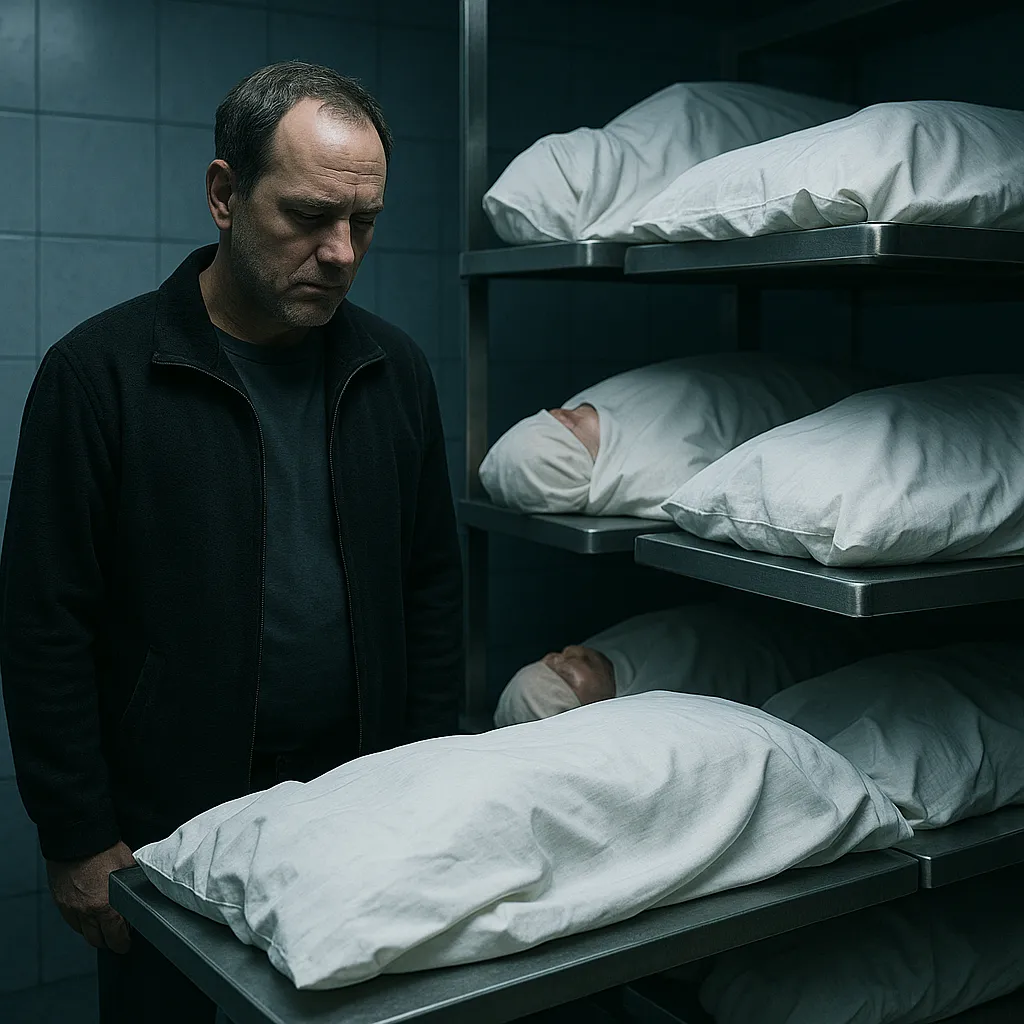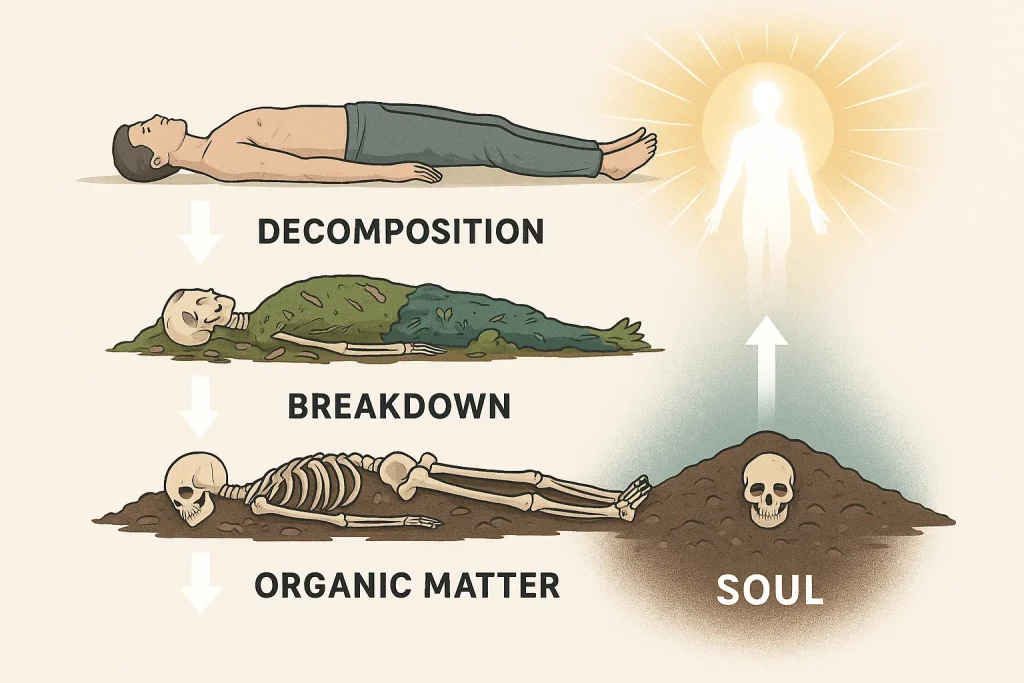Introduction
Death, the inevitable end of life, fascinates and mystifies humanity across cultures. Scientifically, it’s the cessation of vital functions like heartbeat and breathing, while beliefs explore what happens to the soul next. This article examines the scientific facts about death, from organ failure to decomposition, and delves into afterlife theories. As of May 2025, research continues to unravel death’s mysteries, bridging science and speculation.

Immediate Changes After Death
The scientific facts about death start the moment life ceases. Within minutes, the heart stops beating, halting blood circulation to vital organs. Without oxygen, brain cells begin dying within 4 to 6 minutes, leading to brain death. Body temperature drops by about 1.5°C per hour until it matches the environment, a stage known as algor mortis.
Meanwhile, muscles stiffen due to chemical changes, causing rigor mortis, which peaks around 12 hours after death. Blood pools in the lowest parts of the body, resulting in discoloration called livor mortis. These changes occur systematically, driven by the body’s natural processes. The scientific facts about death reveal how quickly the body transitions from a living system to one in decay. For instance, the cessation of circulation also stops nutrient delivery, accelerating cellular breakdown.

Failure of Internal Organs
Death and internal organs are deeply connected in the dying process. Once the heart stops, organs lose their oxygen supply, leading to rapid failure. The liver, kidneys, and lungs cease functioning within minutes, unable to operate without blood flow. The brain, highly sensitive to oxygen deprivation, suffers irreversible damage almost immediately, shutting down completely.
Over the next few hours, the digestive system begins to break down. Enzymes in the stomach and intestines, no longer regulated, start digesting the body’s own tissues in a process called autolysis. This self-digestion marks the beginning of decay. Death and internal organs highlight the body’s fragility, showing how interconnected systems collapse without the heart’s support. For example, the pancreas releases digestive enzymes that further accelerate internal breakdown.

The Body Decomposition Process
The scientific facts about death include the body decomposition process, which begins within hours. Bacteria in the gut start breaking down tissues, releasing gases like methane and carbon dioxide. This causes bloating, especially in the abdomen, within 3 to 5 days. The body decomposition process then enters putrefaction, where tissues turn green and emit a foul odor due to microbial activity.
By two weeks, insects like flies and maggots accelerate decay, feeding on the remains. Over months, the body breaks down into simpler compounds, eventually leaving only bones. Environmental factors, such as temperature, humidity, and soil type, influence the speed of decay. The body decomposition process ultimately returns the body to the earth, completing the cycle of life. In moist environments, adipocere—a waxy substance—may form, slowing decay further.

Theories and Beliefs About Afterlife
Beyond the scientific facts about death, humanity has long pondered what happens next. Theories after death often stem from religious and cultural beliefs. In Christianity, many believe the soul goes to heaven or hell based on deeds during life. Islam teaches that the soul enters “barzakh,” a waiting period until Judgment Day, experiencing reward or punishment based on actions.
Hinduism and Buddhism propose reincarnation, where the soul is reborn based on karma. Some modern theories after death suggest consciousness might persist, with near-death experiences (NDEs) describing tunnels of light or out-of-body sensations. Beliefs about afterlife vary widely, reflecting diverse perspectives on the soul’s journey. These ideas provide comfort, addressing the mystery of what lies beyond death’s threshold.

Leave a Reply